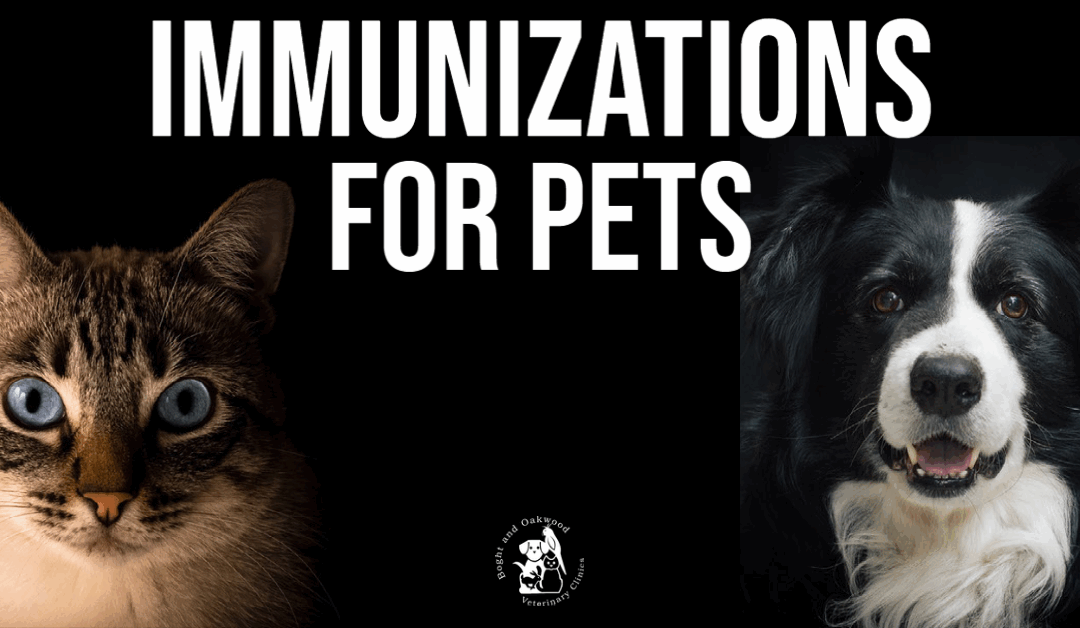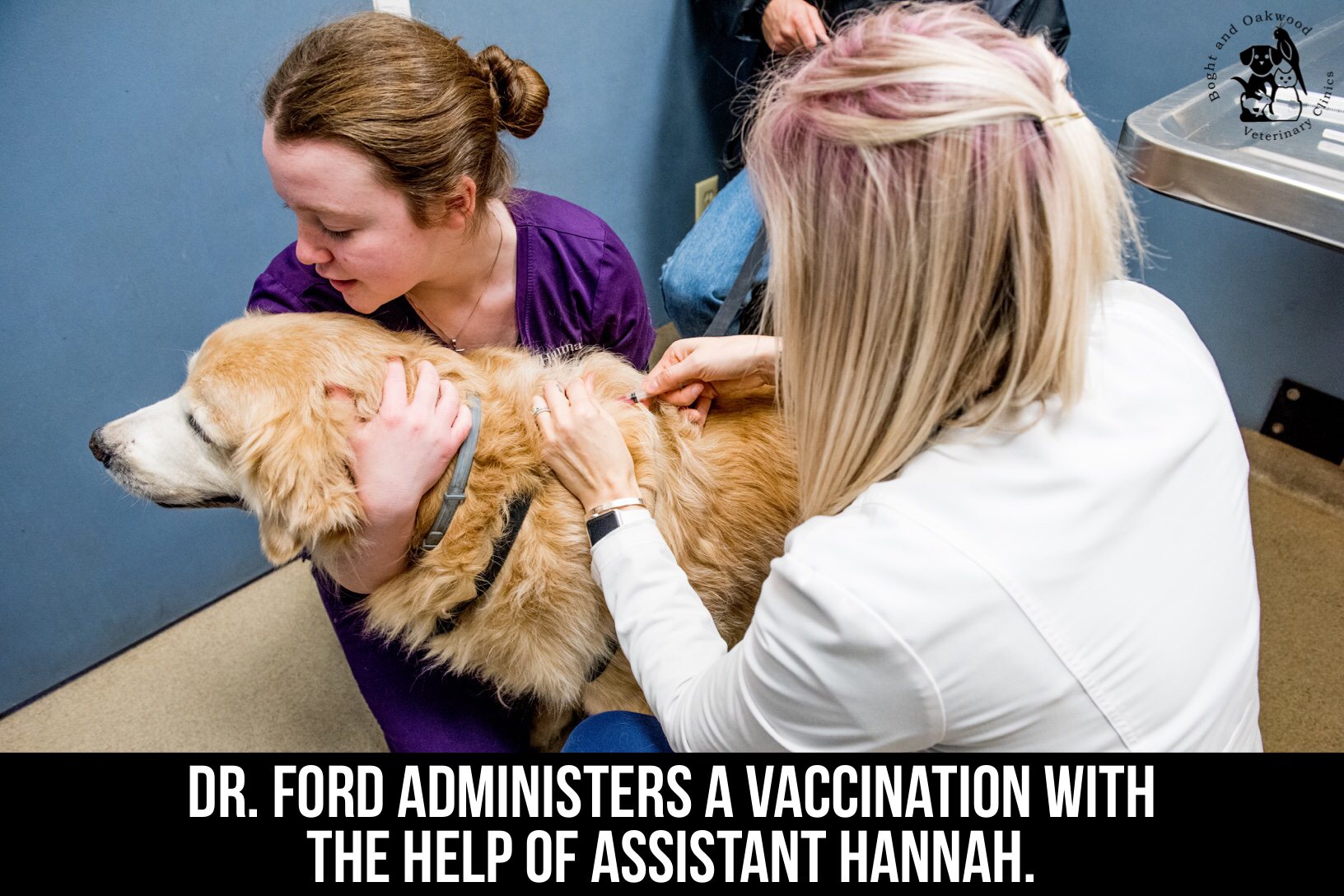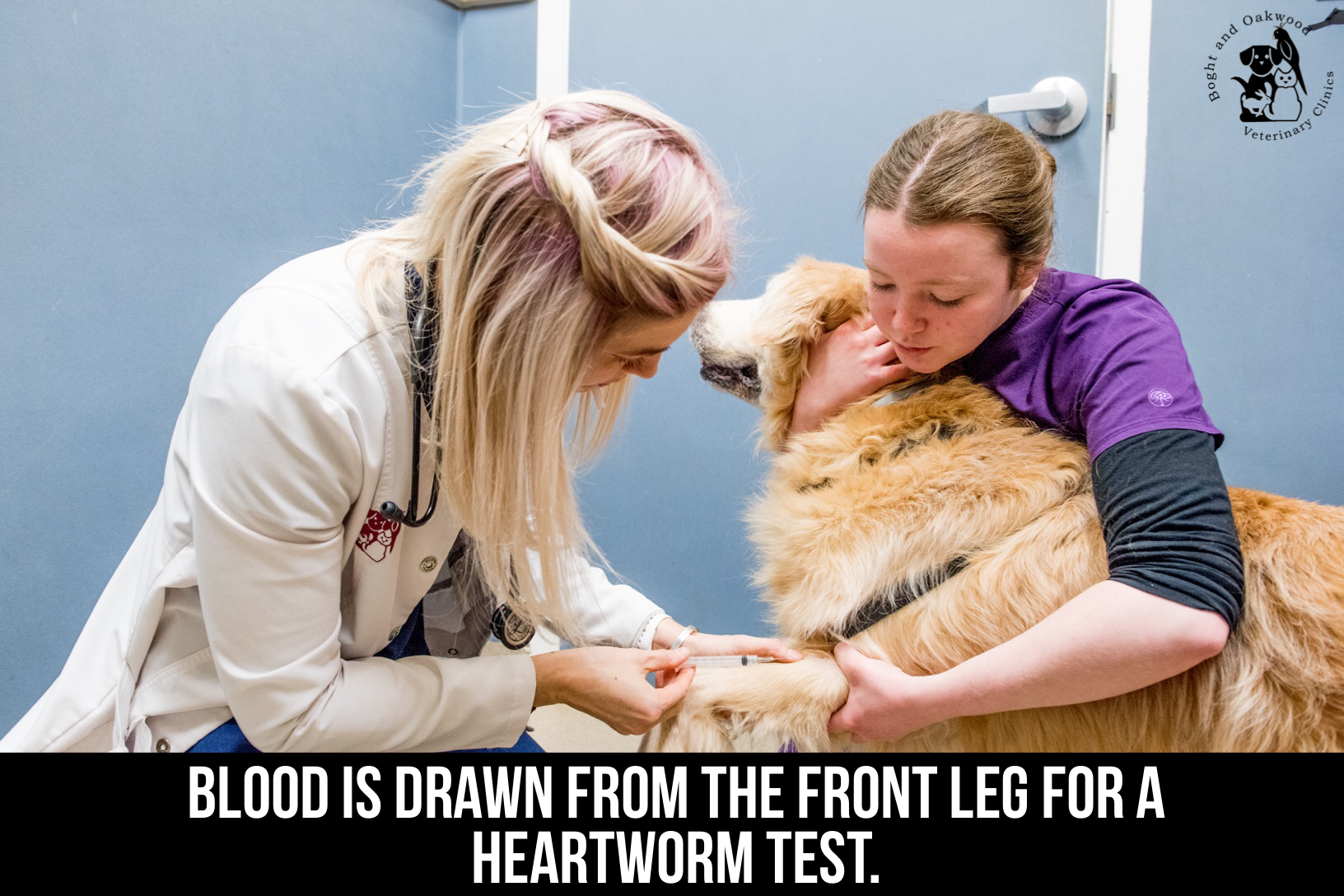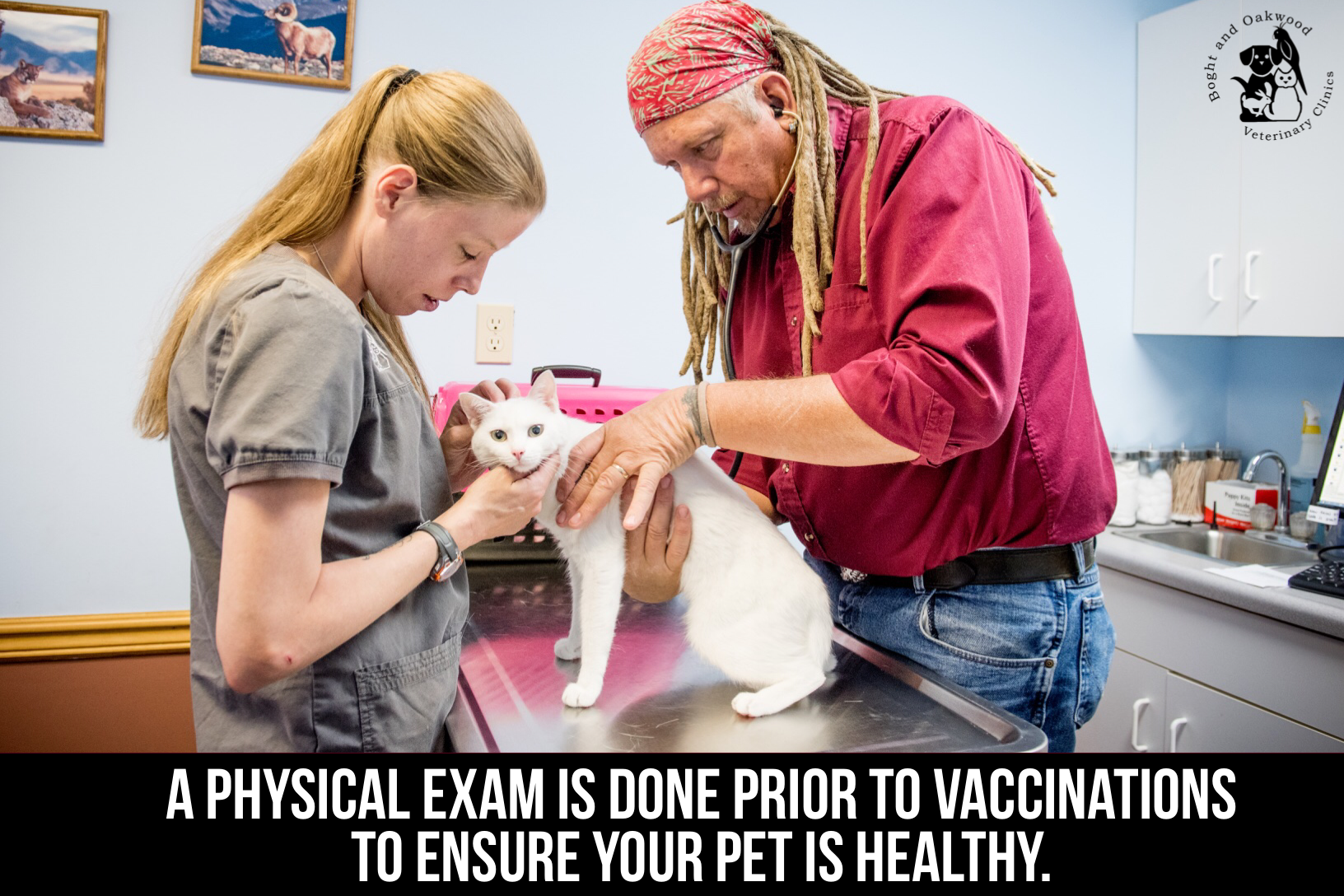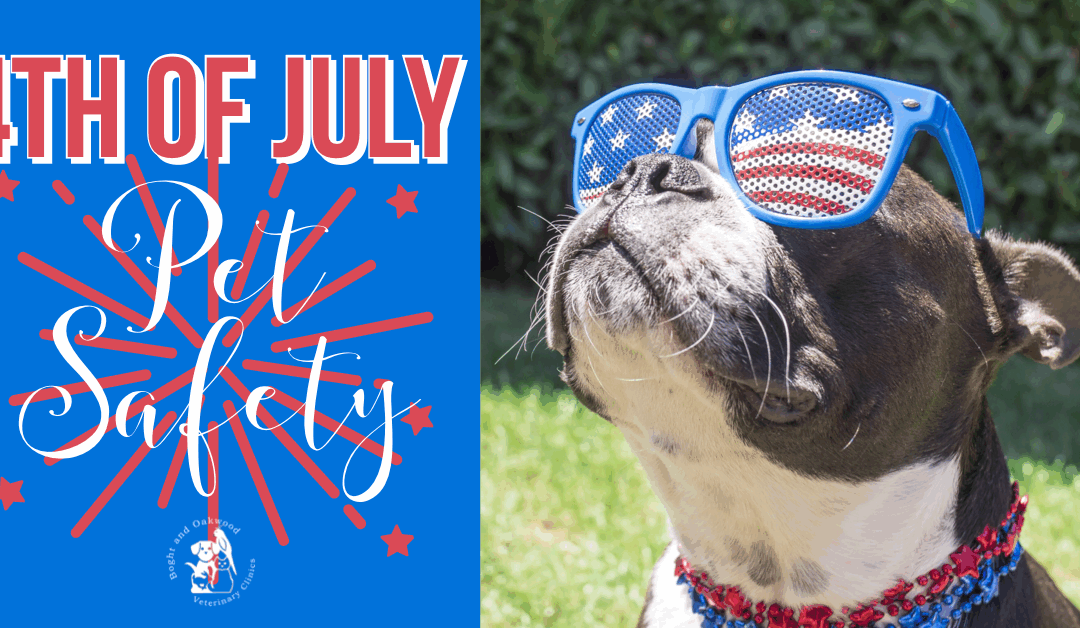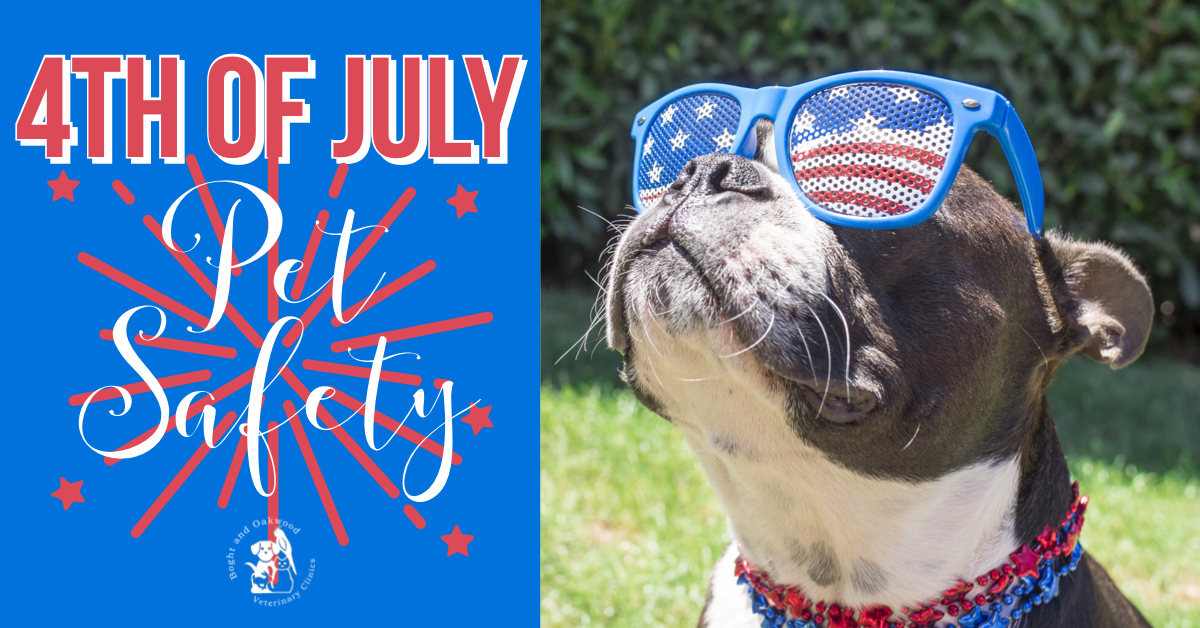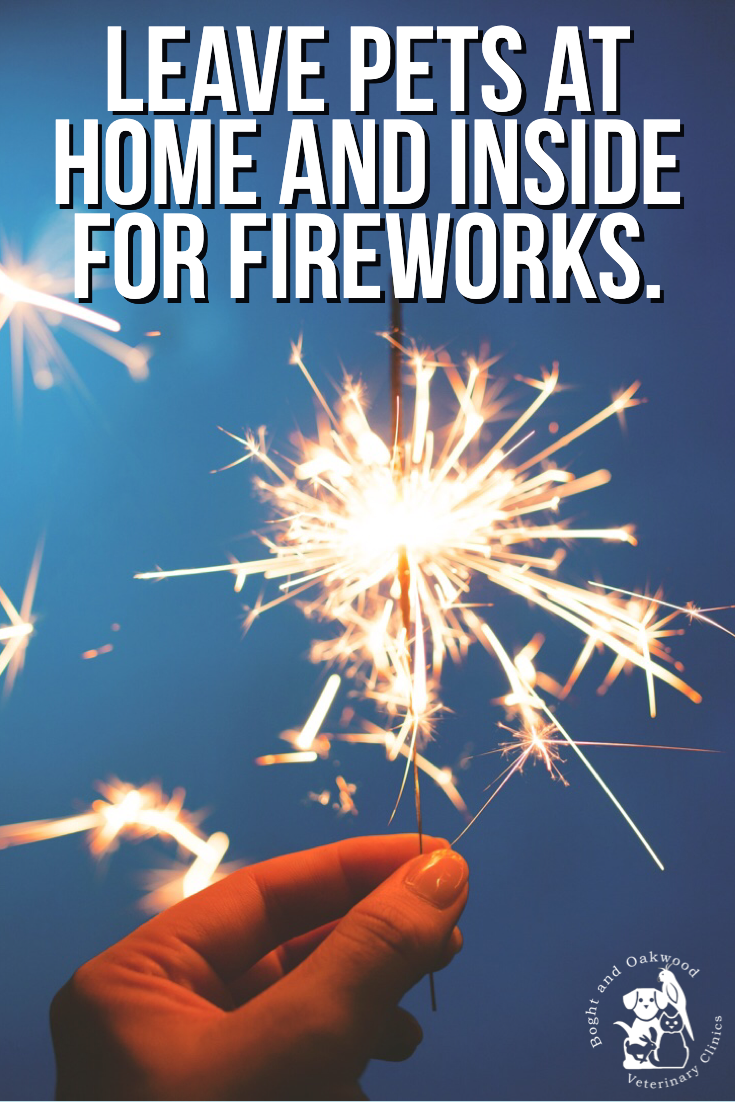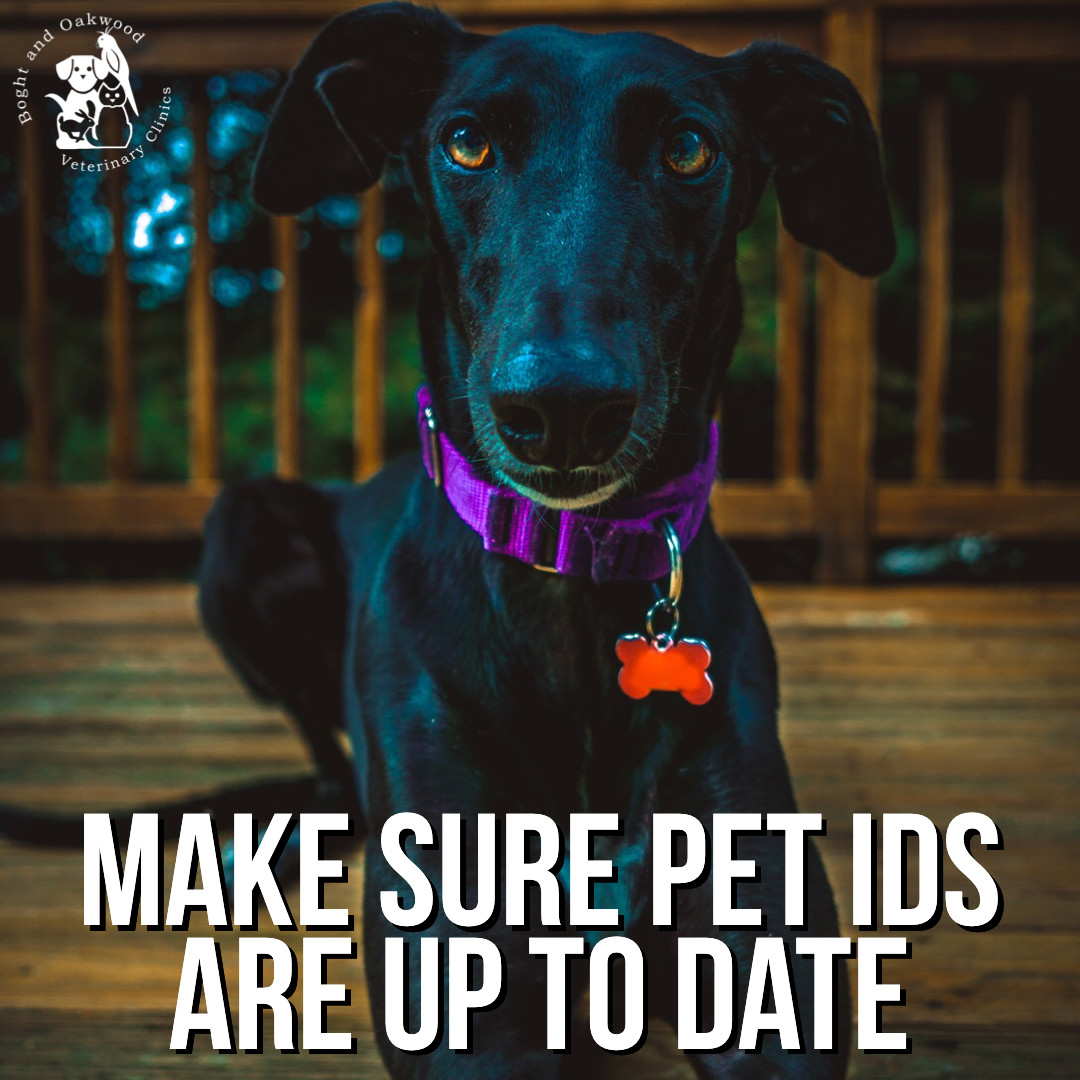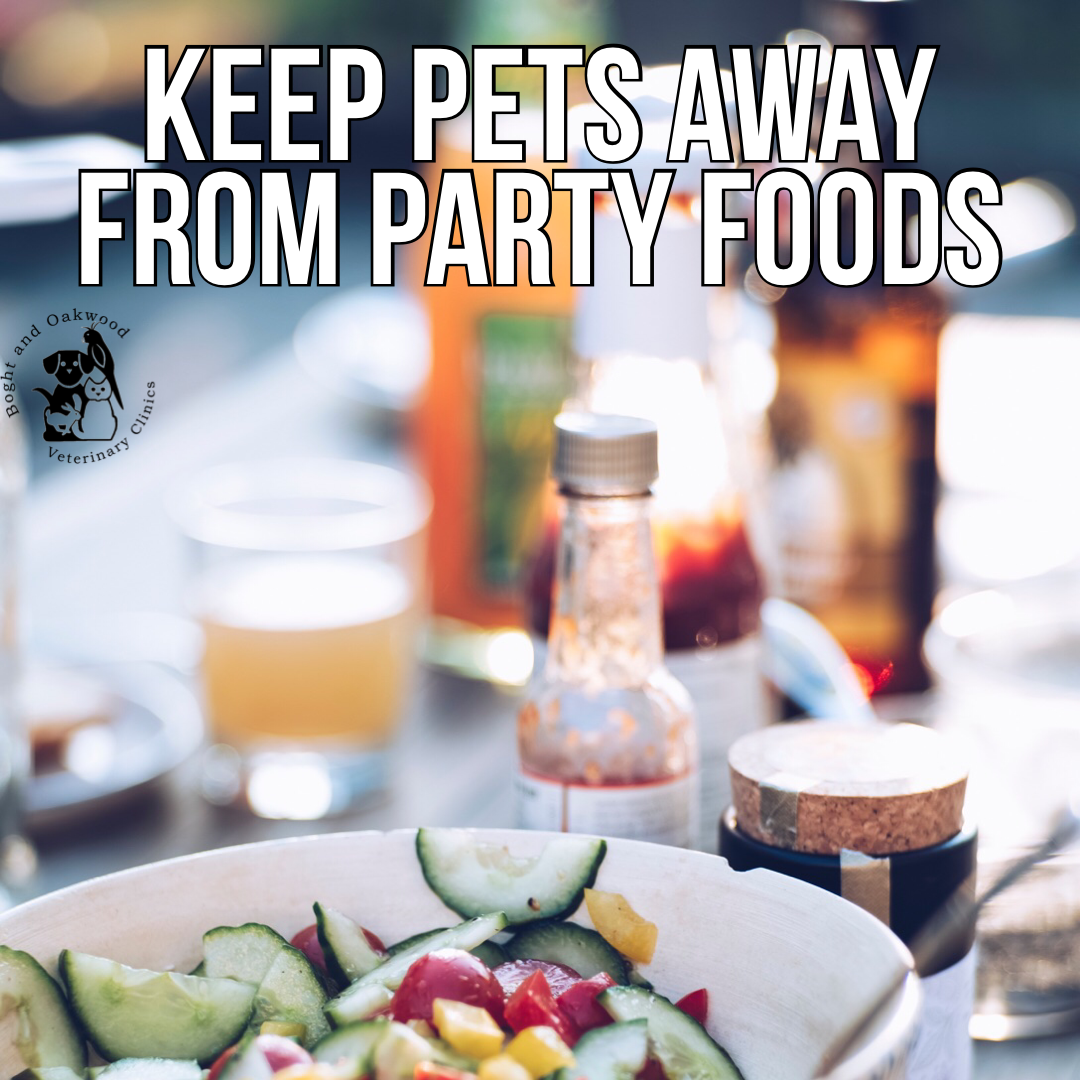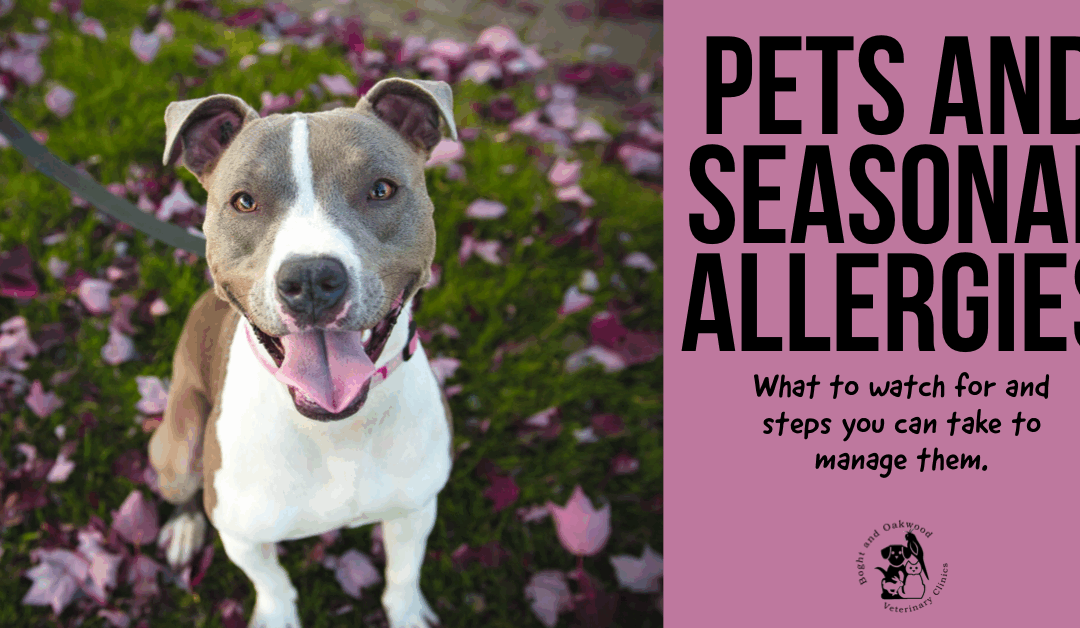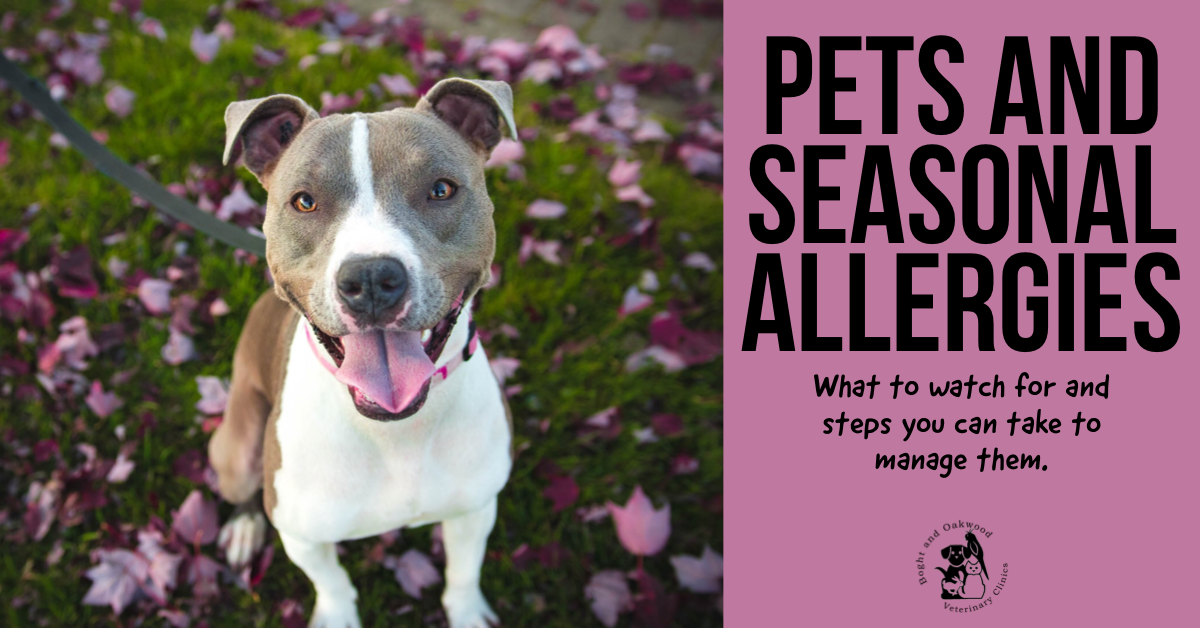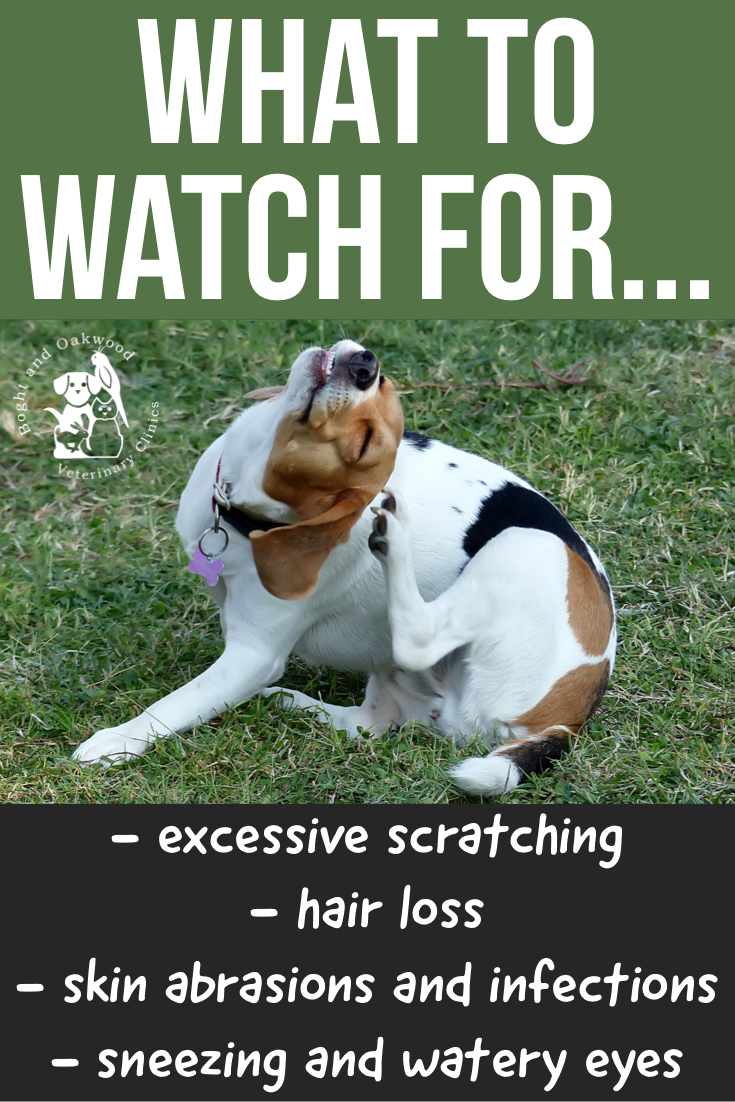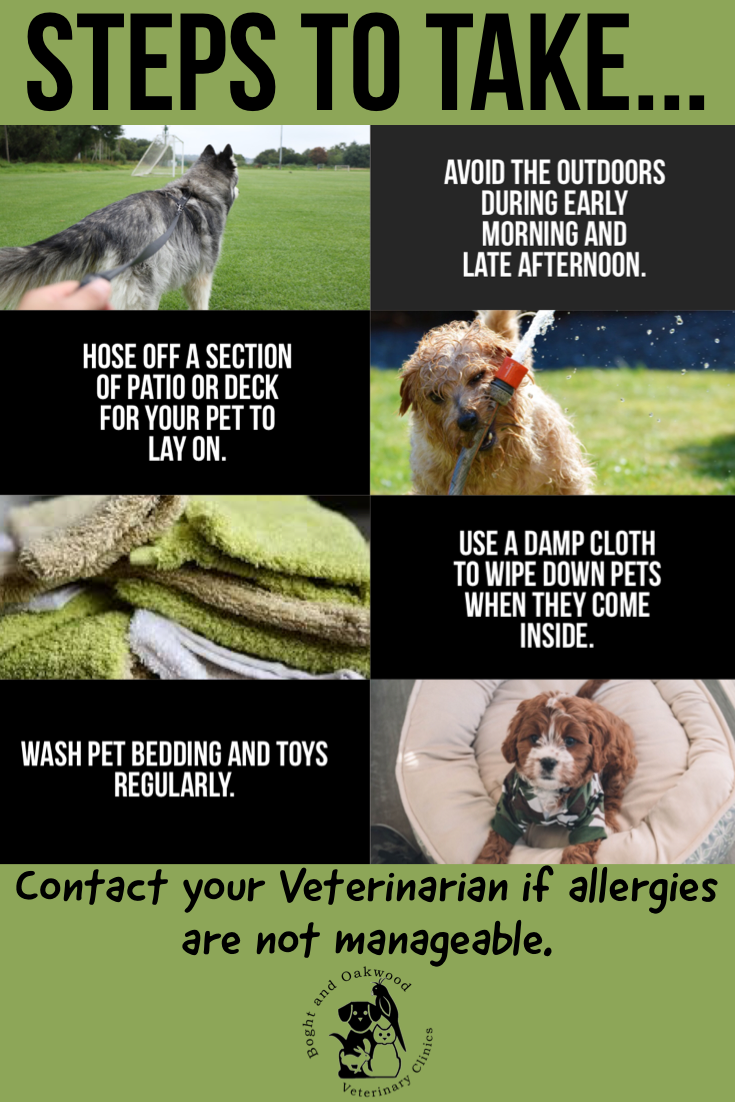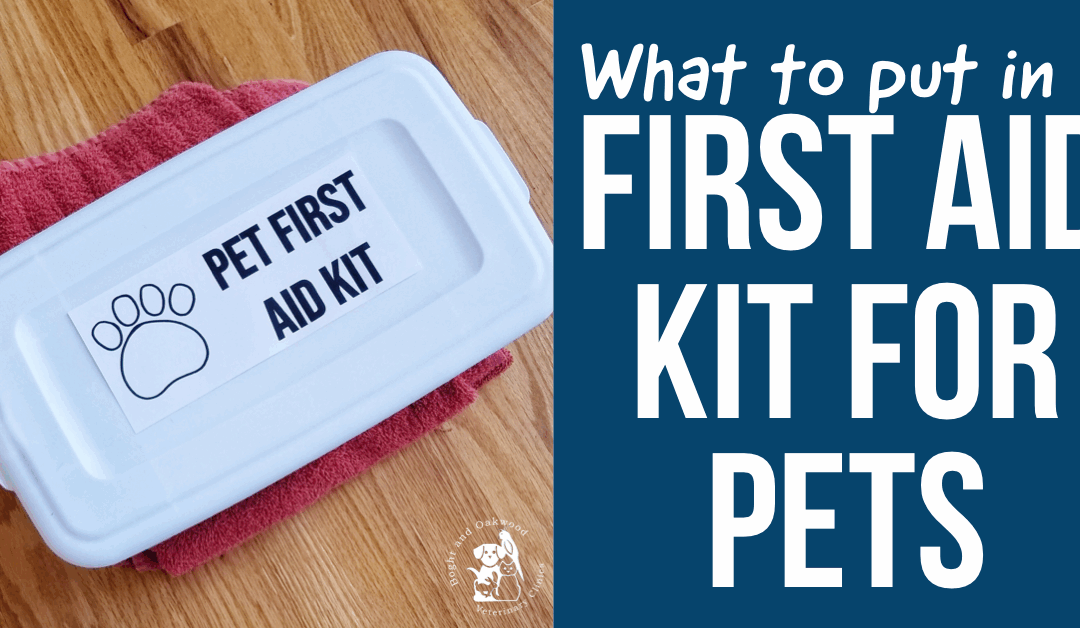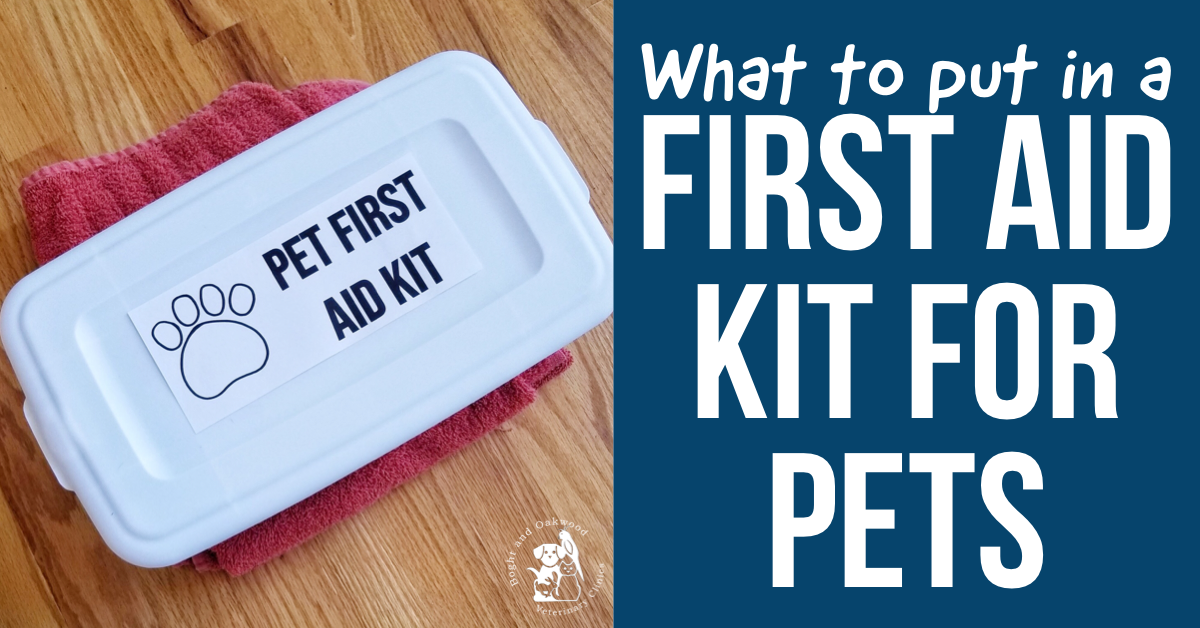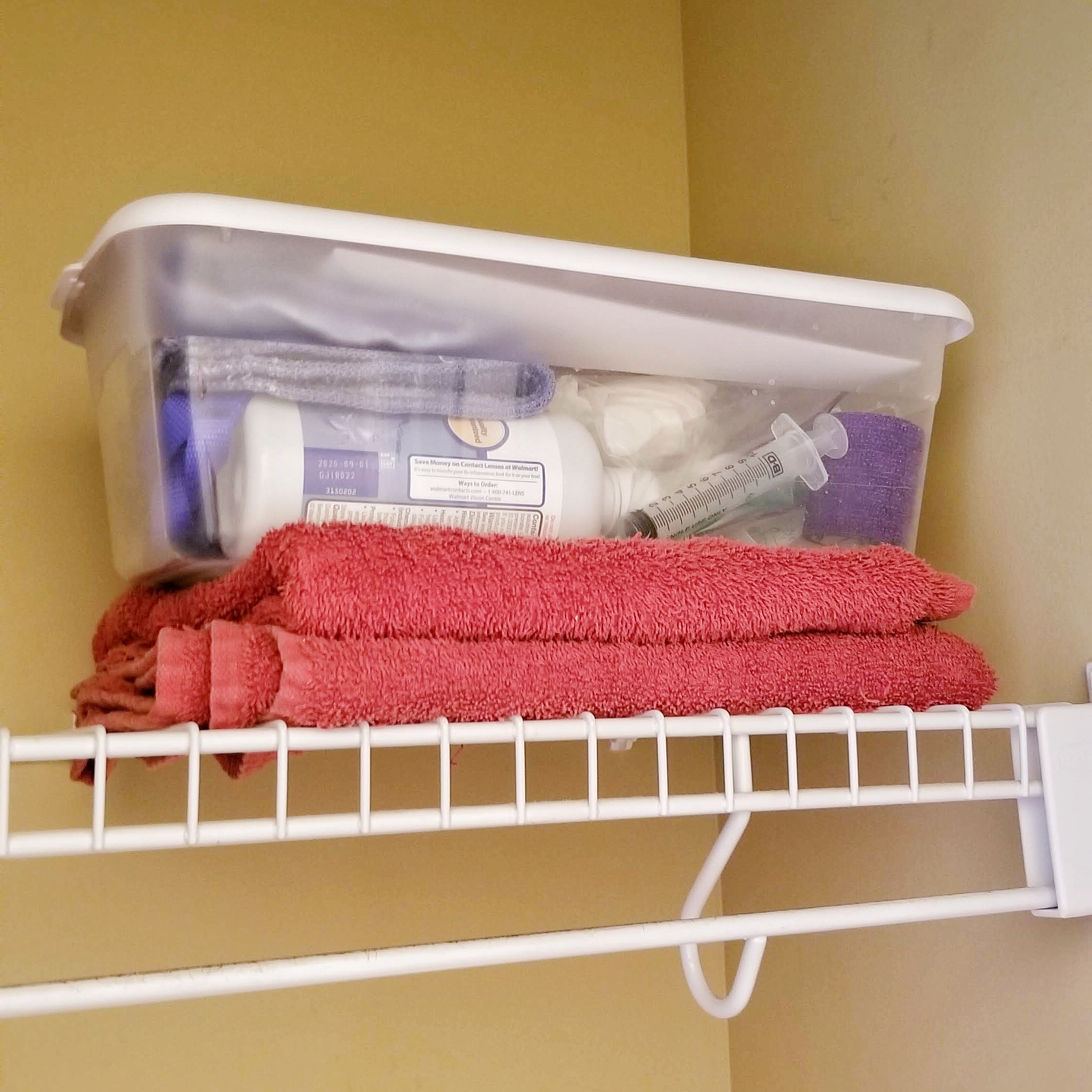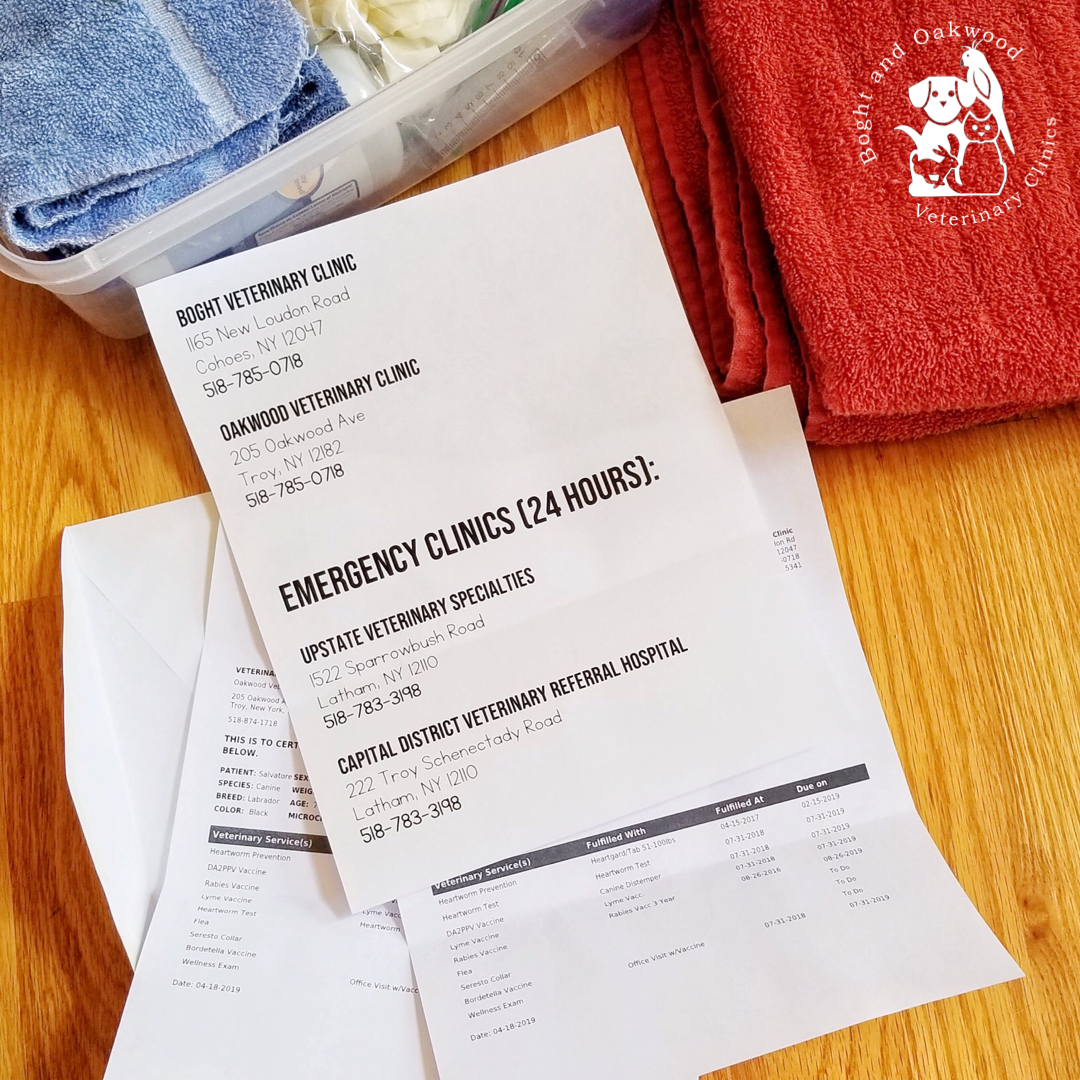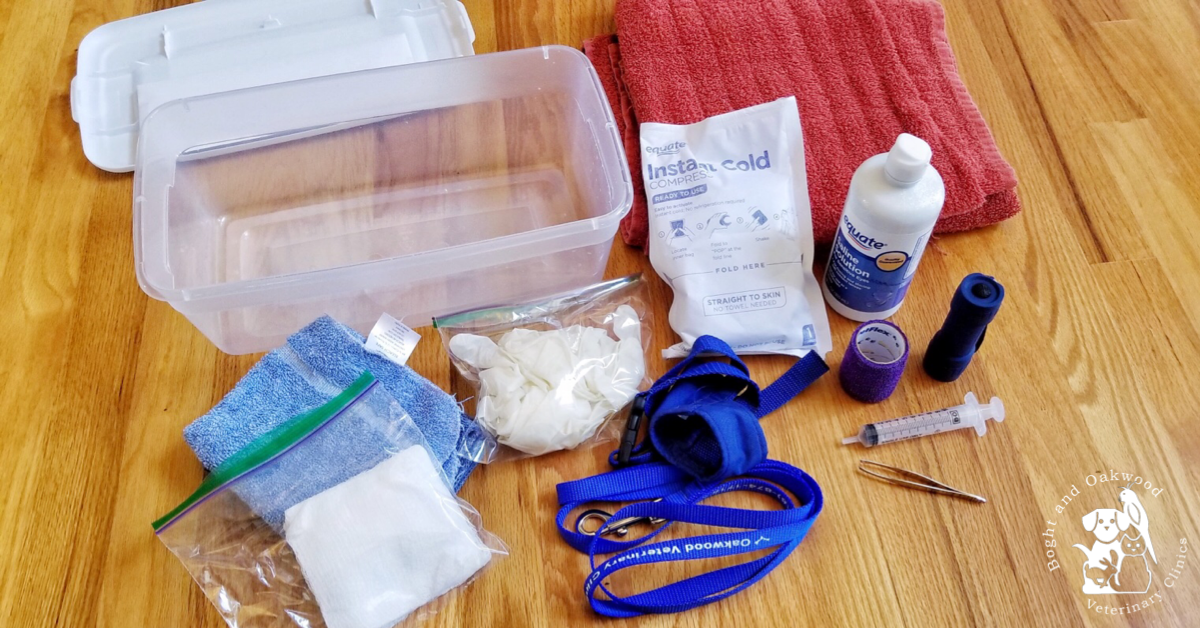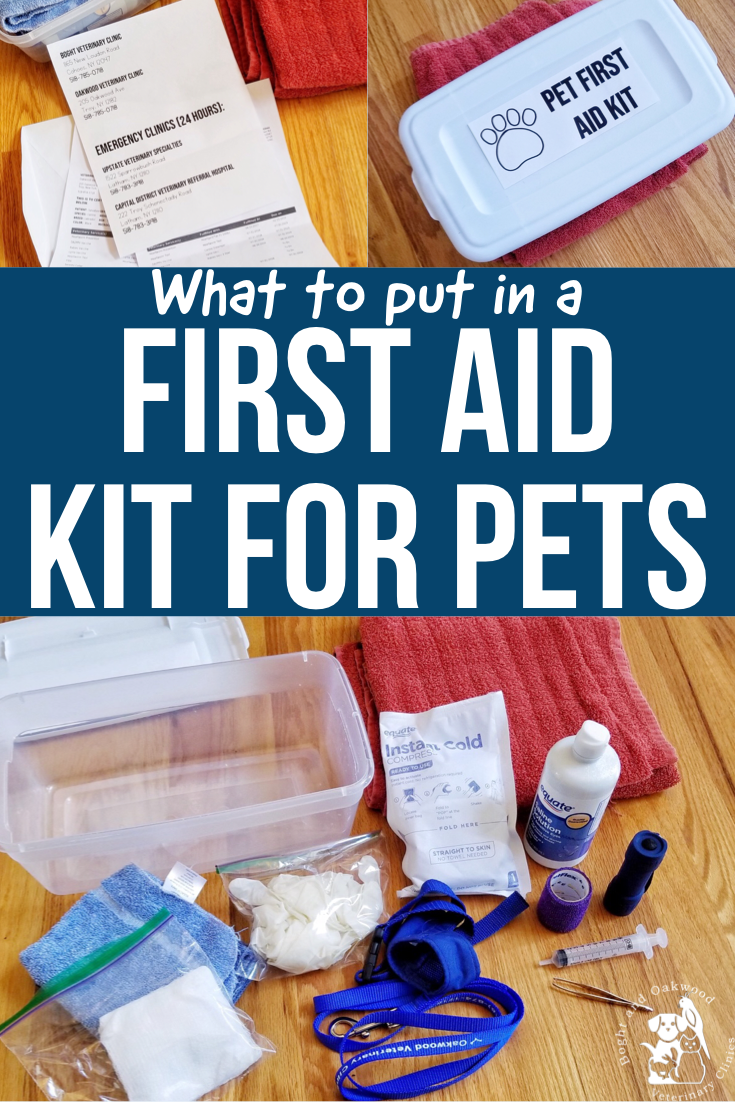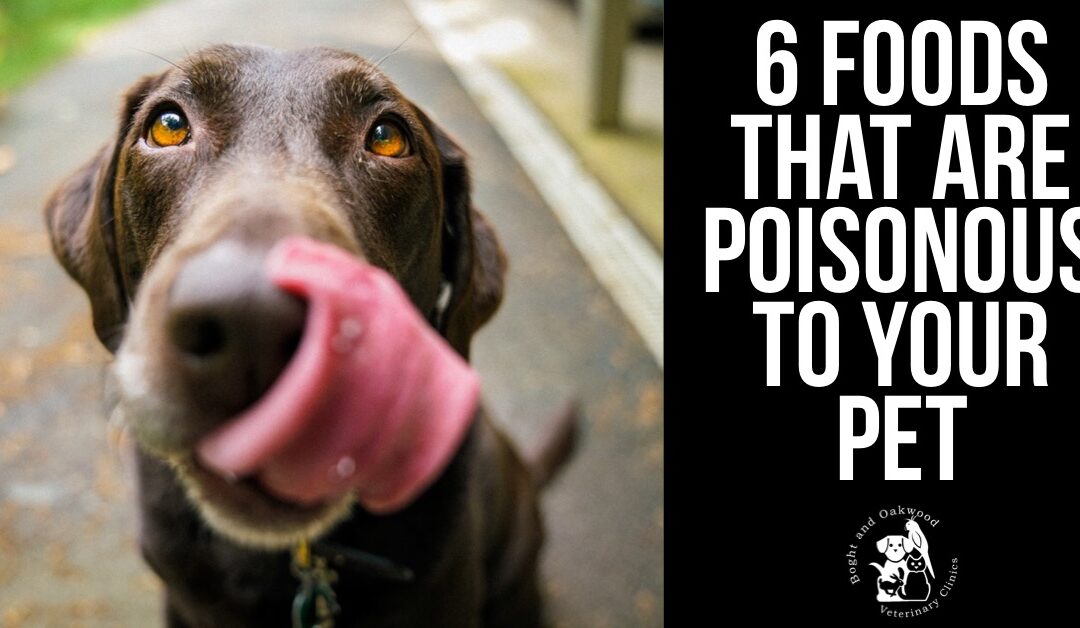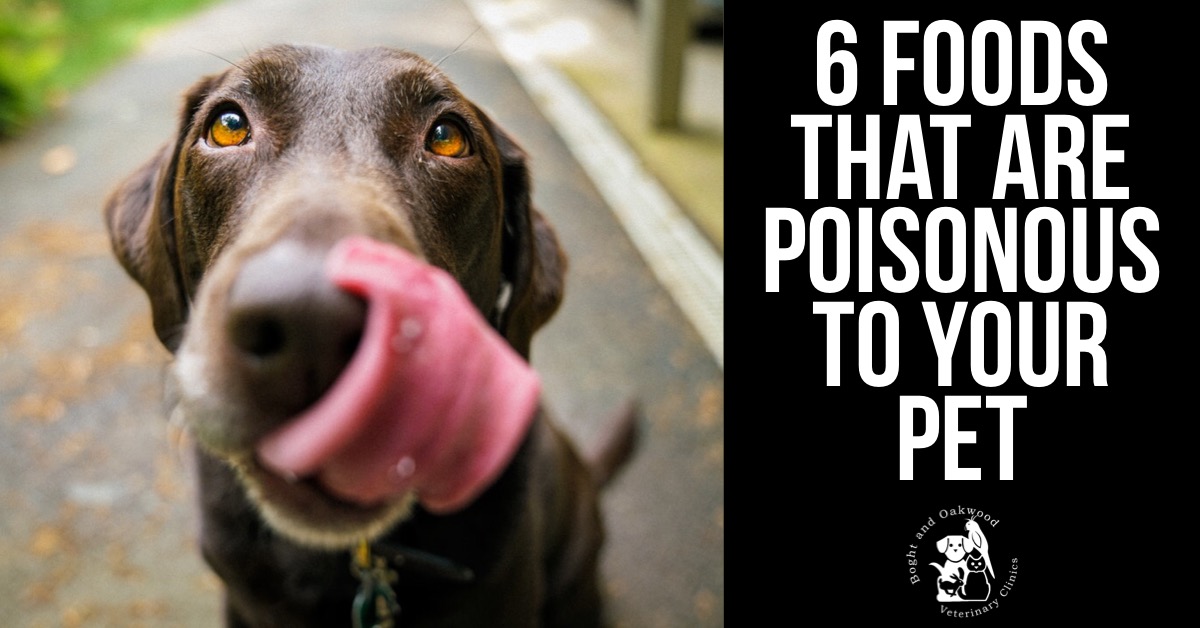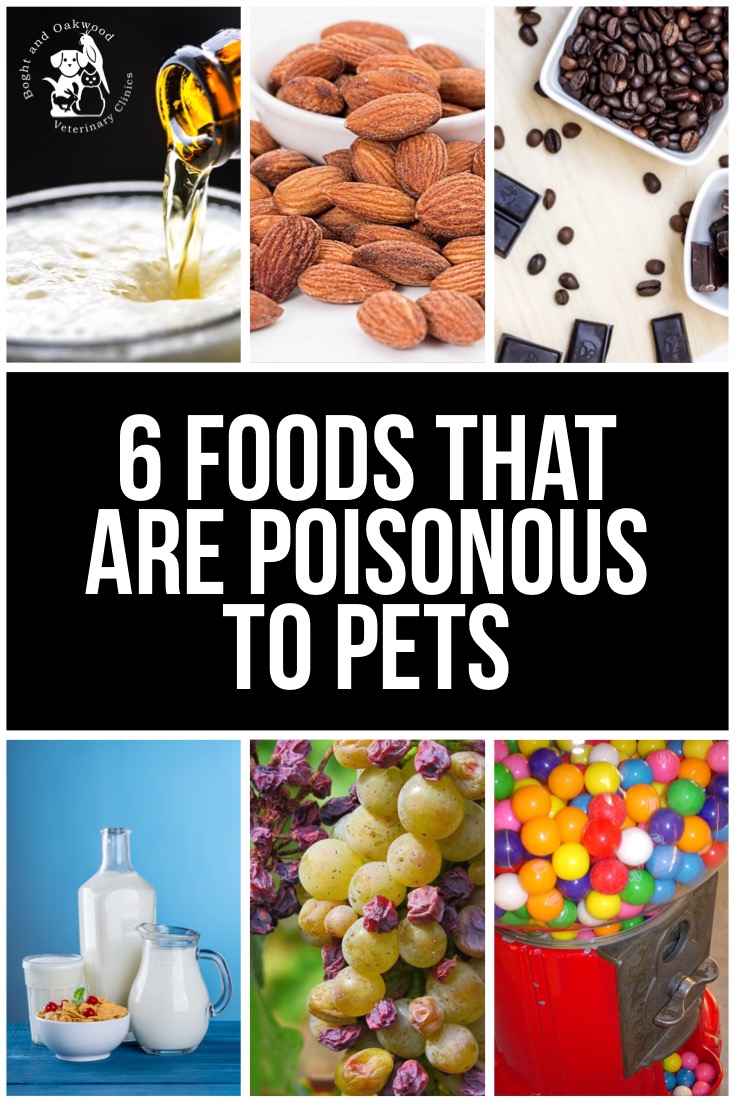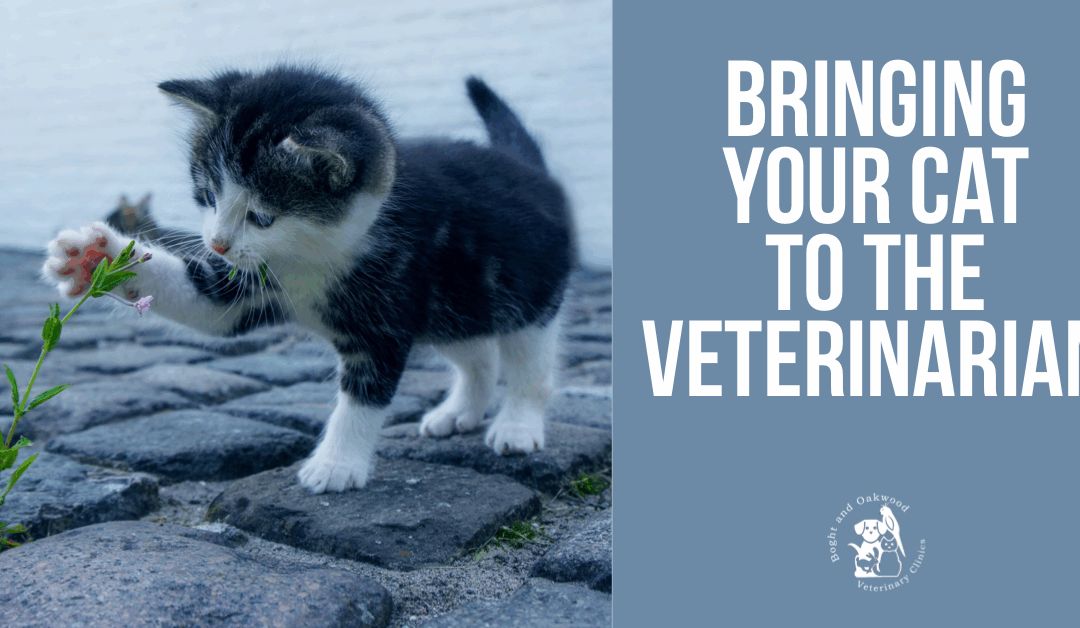
Bringing Your Cat to the Veterinarian
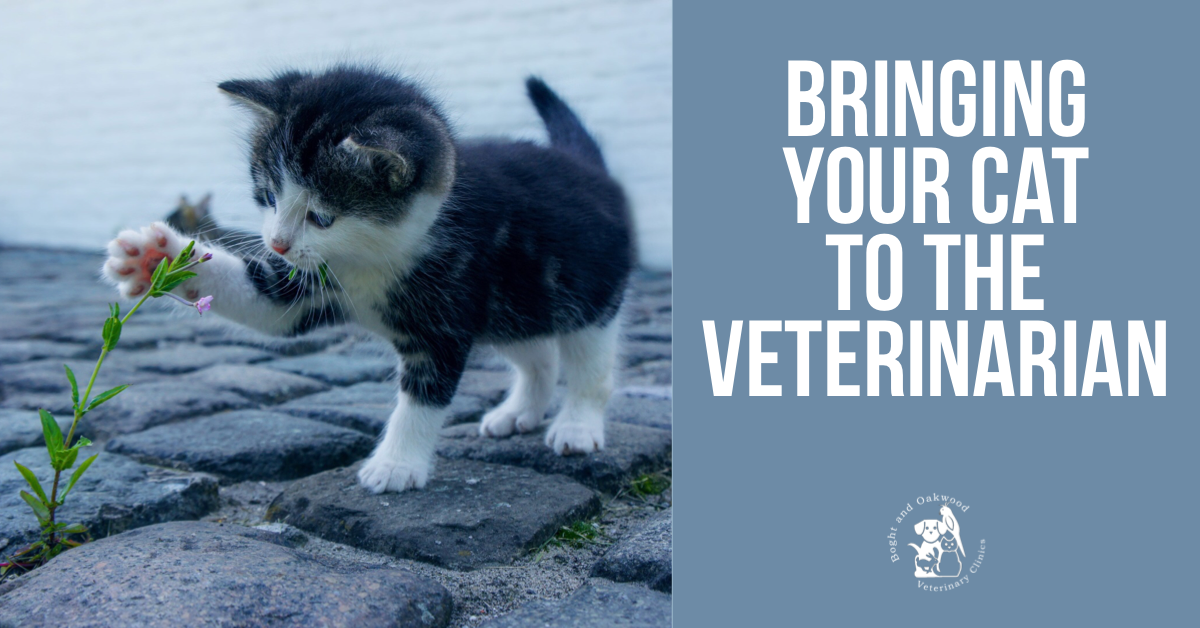
Routine check-ups by a veterinarian are essential to keeping your cat healthy. In the United States there are actually more pet cats than pet dogs. However, dogs are much more likely to be brought to the Veterinarian. In fact less than 50% of cats are brought to the Veterinarian for annual check-ups. Many cats are only brought in when they are sick.
Why is it important to bring my cat to the veterinarian?
During an annual check-up at the Veterinarian your cat will receive a nose-to-tail physical examination. During this exam, your veterinarian will be able to detect any signs of illness. Identifying potential problems before they become actual problems will lead to better outcomes for your pet. Cats are excellent at hiding sickness and pain. This is a throwback to their days as wild animals, when any weakness would make them a target for predators. Your veterinarian may be able to detect these issues before your cat would let on to them. Another great reason to visit the veterinarian is immunizations. Even if you have an indoor cat, they should be immunized. Read more about immunizations HERE. Trips to the veterinarian will also include recommendations for parasite prevention.
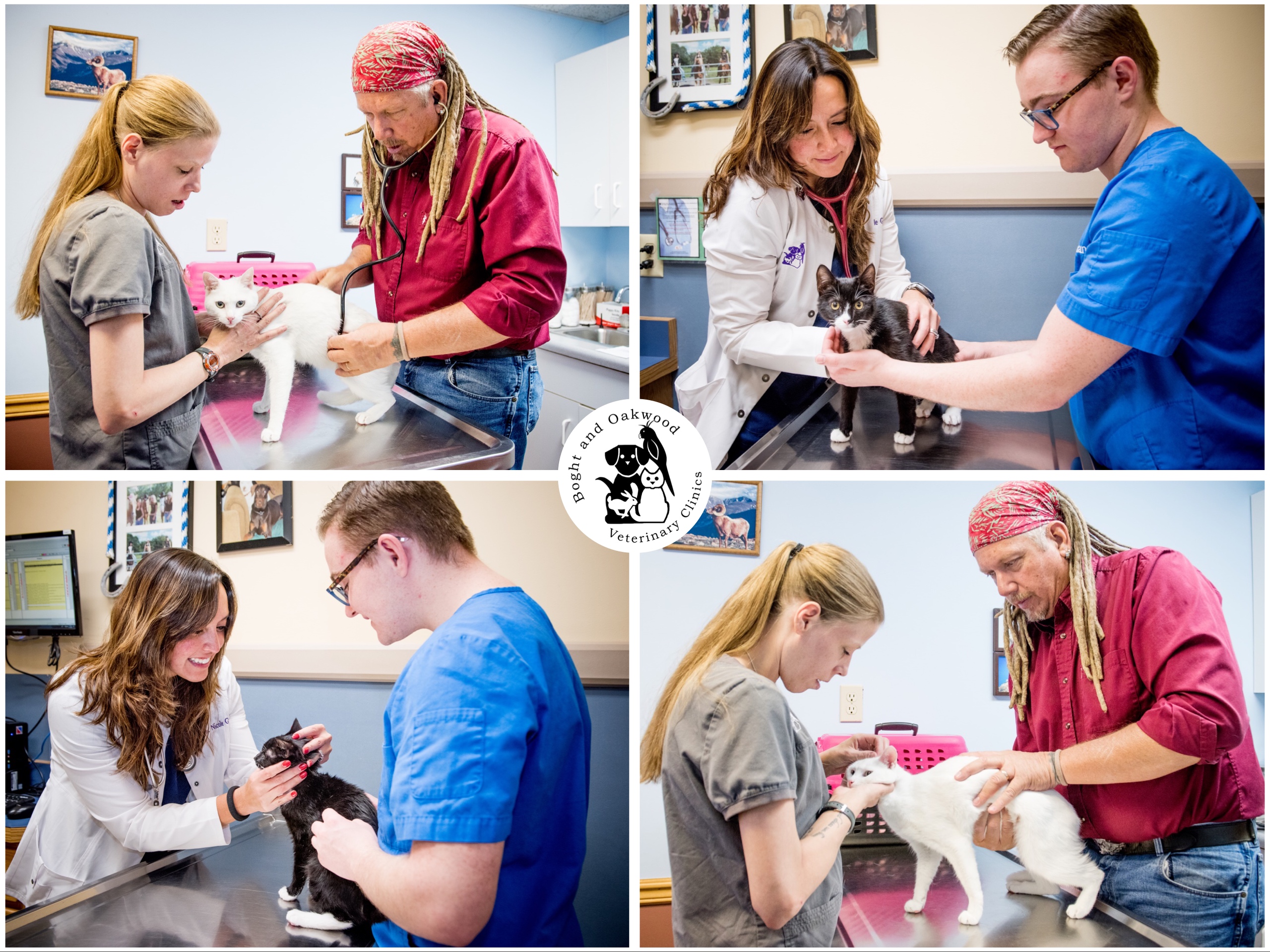
But my cat doesn’t like going to the veterinarian!
I don’t think most of us like going to the doctor for our annual check-ups or to the dentist every 6 months for a routine cleaning, but we do it anyway because we know it’s the best thing for our health. Same with cats. There are, however, ways to help your cat be less stressed about their visit.
The Carrier
Make the cat carrier a home away from home for your cat. Don’t only bring the carrier out for the dreaded trip! Leave it out all the time. Put it in a room where your cat likes to spend time. Make it a comfy and cozy place by adding blankets and toys. If they become accustomed to the carrier it will be a lot easier to get them into it when needed. You can use treats or a synthetic pheromone (spray or wipe that makes the carrier more relaxing – think lavender scent for humans) to make the carrier especially enticing on days when you have somewhere to be and they are being stubborn!
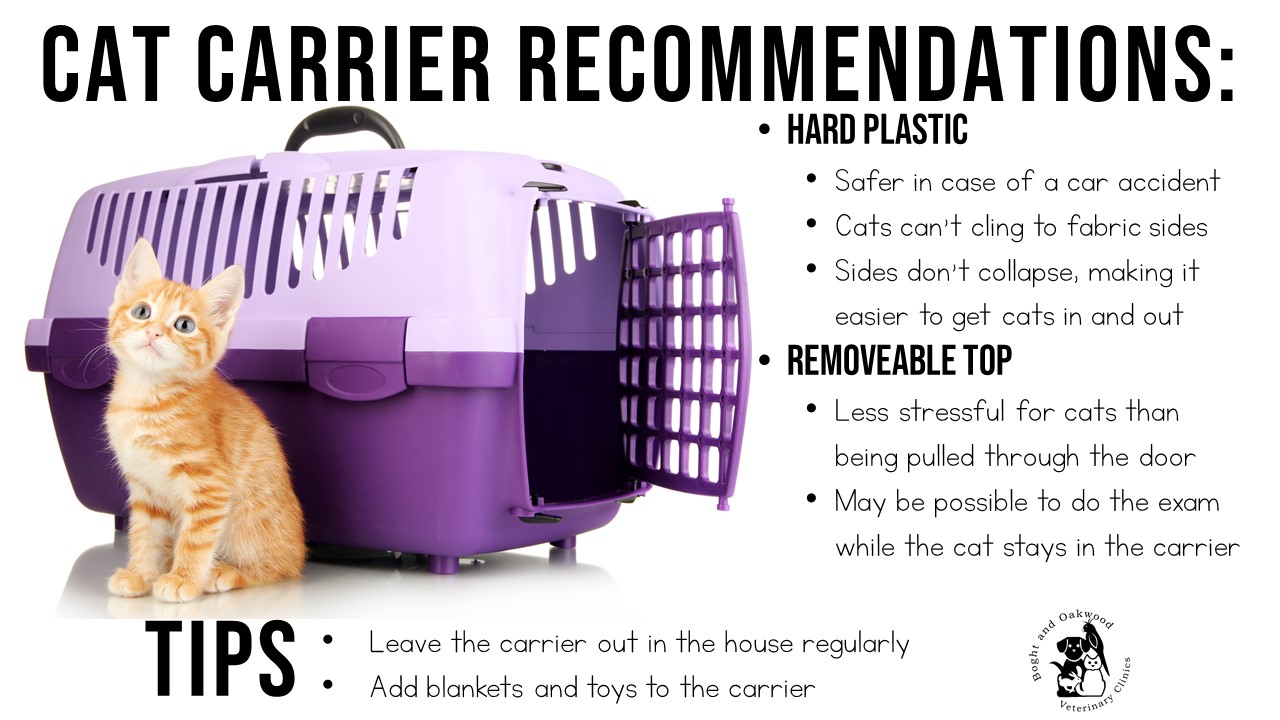
The Car
Go on pretend trips to the veterinarian office. A lot of times the car ride is difficult for our feline friends. You can get them used to it by taking them for short car rides. Consider going around the block, then increase the distance as they become more comfortable. If you are going to the vet office to pick up medication consider bringing your cat along. This will teach them that not every trip involves needles. As a reminder your cat should always be transported in a carrier, and never loose in the car. A loose cat could impede your driving and is harder to corral once you have reached your destination. Cats are quick, and a loose cat could make a break for it once the car door is opened.
If all else fails…
If your cat still becomes very stressed about going to the veterinarian, ask about sedatives that can be given prior to your visit. These may help to calm your cat down.
It is every pet owner and veterinarian’s sincere wish for their companions and patients to live long and healthy lives. Routine veterinary care is a part of that. If your cat hasn’t been to the vet office in a while, please consider calling to book an appointment today.


